For so long, scientists, doctors and women have built up a mental picture showing that as a woman grows older, she will reach a point, called menopause, at which her monthly cycle will stop. She may then begin to display some or all of the symptoms associated with menopause. These include hot flashes (or flushes), shifts in her behavior like depression, increased irritability and mood swings, difficulty concentrating, mental confusion or insomnia, as well as physical symptoms like dry vagina, stress and urge incontinence, osteoporotic signs, headaches or vasomotor symptoms and more.
More recently, some cutting-edge research laboratories focusing on biotechnology are questioning whether we haven’t perhaps got the whole process back-to-front. The picture they now draw is that the trigger for menopause is not aging itself. Instead, it is the point at which the ovaries have run out of eggs to feed the normal fertilization cycle, so they shut down. From this point, menopause starts to manifest in all the physical and mental symptoms. Also, the ovaries themselves begin to deteriorate, and this decline in ovarian health leads to the deterioration in the systemic health of the woman.
At puberty, a fertile woman has about one-third of the one million eggs or so she was born with. With each menstrual cycle, about one thousand eggs are released (of which only one or two could be fertilized and give rise to a birth). Based on a simple model, this provides a woman with an expected 25 to 30 years of full fertility.
Once the reservoir of eggs is depleted, the ovaries are shut down. At this point, the body actually ages and deteriorates faster than before, with an acceleration of between five and ten percent compared to pre-menopause. This leads to multiple health problems as the hormone levels become increasingly unbalanced.
Introducing the Anti-Müllerian hormone’s potential as a therapy
Anti-Müllerian Hormone (AMH) is a key sex determinator while fetuses are in the womb. Unless AMH levels are high, a baby will develop female reproductive organs, since female is the default gender in humans. Female babies have only a tiny level of AMH. In contrast, for a male to develop normally, AMH levels must be high.
Once a woman has entered her fertile years, the Anti-Müllerian hormone plays a significant role in determining how many eggs are released with each ovulation cycle.
There is now a robust research program to see how manipulating AMH levels during the life of a fertile woman can extend her years of ovulation by reducing the number of eggs released in each cycle, pushing off the onset of menopause by delaying the depletion of supply.
AMH has no role in determining egg-bearing cells’ quality in women. So there is unlikely to be any impact on either the level of fertility or the quality of fetuses when they have been fertilized. But it could slow down the rate at which oocytes are released in each ovulation cycle. This will extend the number of years a woman remains fertile, so stave off the onset of menopause quite significantly.
The hope right now is that AMH could become a first-level defense that will push off the beginning of menopause and, in so doing, reduce the need for hormone replacement therapy (HRT) until much later in a woman’s life. We look forward to keeping you informed on the progress in this exciting area of women’s health.
